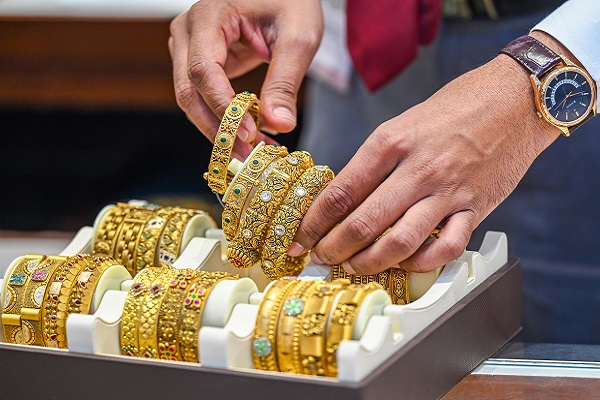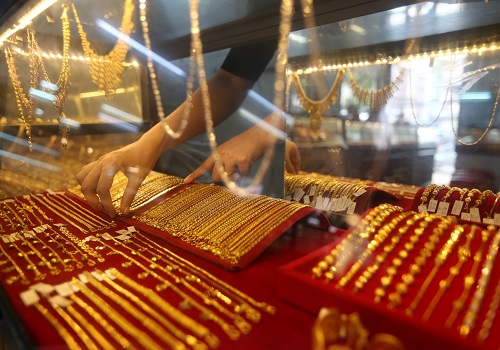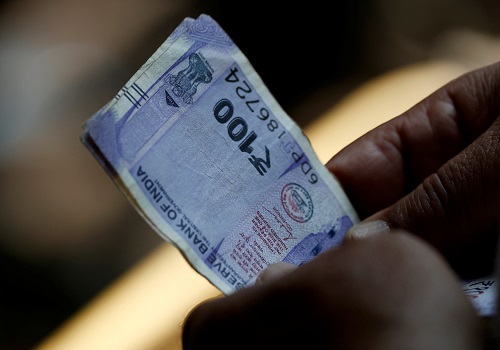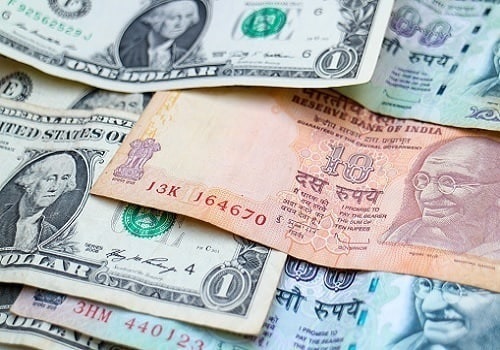China GDP gets little cheer, dollar rides `Trump trade` toward third weekly rise
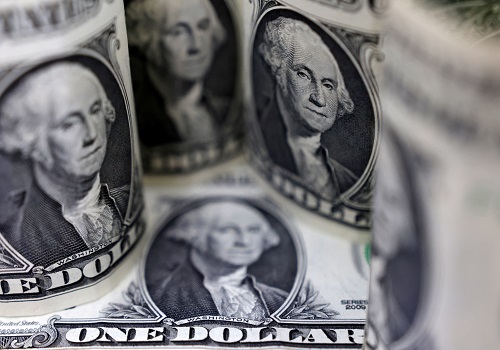
The Australian dollar and Chinese yuan ticked higher on Friday after China's closely watched third-quarter growth figures came in slightly better than forecasts, but kept the pressure on policymakers to roll out more stimulus quickly.
Elsewhere, the dollar was headed for its third weekly gain in a row, helped by a dovish European Central Bank and strong U.S. data that is pushing out expectations for how fast U.S. rates can fall, particularly if Donald Trump wins the presidency.
China's economy expanded 4.6% in the third quarter from a year earlier, official data showed on Friday, but property investment fell more than 10% in the first nine months of the year. Retail sales and industrial production picked up in September.
The Aussie, often used as a liquid proxy for the yuan, rose slightly in the immediate aftermath of the GDP data release, though it later pared some gains to last trade 0.14% higher at $0.6705.
Reaction in the yuan was largely muted as well, with the onshore yuan rising about 0.06% in a knee-jerk reaction. It was last 0.02% higher at 7.1227 per dollar.
The offshore unit last ticked up 0.05% to 7.1330 per dollar, hovering around the same level prior to the data release.
In other currencies, the euro is down almost 1% for the week so far, has fallen through its 200-day moving average, and at $1.0834 in Asia trade is parked near a 2-1/2 month low.
On a rolling basis, the dollar's 3.1% three-week gain on the euro is the sharpest rally since the middle of 2022, and it has forged to the strong side of 150 yen for the first time since early August. The greenback last bought 150.05 yen .
On Thursday, data showed U.S. retail sales growth was higher than expected and the ECB cut interest rates by 25 basis points.
Four sources close to the matter told Reuters the ECB was likely to cut again in December unless economic data suggests otherwise.
Meanwhile, markets have been disappointed at the lack of detail offered by Chinese authorities on plans to revive the slowing economy, and the yuan is headed for its largest weekly fall in more than 13 months, despite the GDP numbers that were slightly ahead of expectations. [CNY/]
"All of that has played in to a stronger dollar," said Jason Wong, senior strategist at BNZ in Wellington.
"There's also been a Trump trade going on in the background," he said, with the dollar tracking Trump's newfound lead in election prediction markets, since his tariff and tax policies are seen as likely to keep U.S. interest rates high.
The New Zealand dollar was similarly eyeing a 0.8% fall for the week and was little changed at $0.6061 in the Asia session.
Trump's prospects have also set bitcoin rallying since his administration is seen as taking a softer line on cryptocurrency regulation. It was last at $67,845, up more than 10% since Oct. 10. The U.S. goes to the polls on Nov. 5.
In geopolitics, Israel said it had killed Hamas leader Yahya Sinwar in Gaza, a mastermind of the Oct. 7, 2023, attack that triggered war.
Israel's shekel rose and touched a two-week high after the news, though Israeli Prime Minister Benjamin Netanyahu said fighting would go on and broader markets had little immediate reaction.
Sterling regained the $1.30 level overnight and held above that level on Friday, but is also headed for a weekly loss after a bigger-than-expected drop in British inflation raised bets the Bank of England might cut interest rates twice before the end of the year. [GBP/]
British retail sales and U.S. housing starts data are due later on Friday, as are plans from Japan's largest union group, Rengo, for the year's wage negotiations. Data showed Japan's core consumer prices were up 2.4% year-on-year in September, a bit higher than expected.
The U.S. dollar index hit a 2-1/2 month high of 103.87 on Thursday and is up 0.8% this week.
















